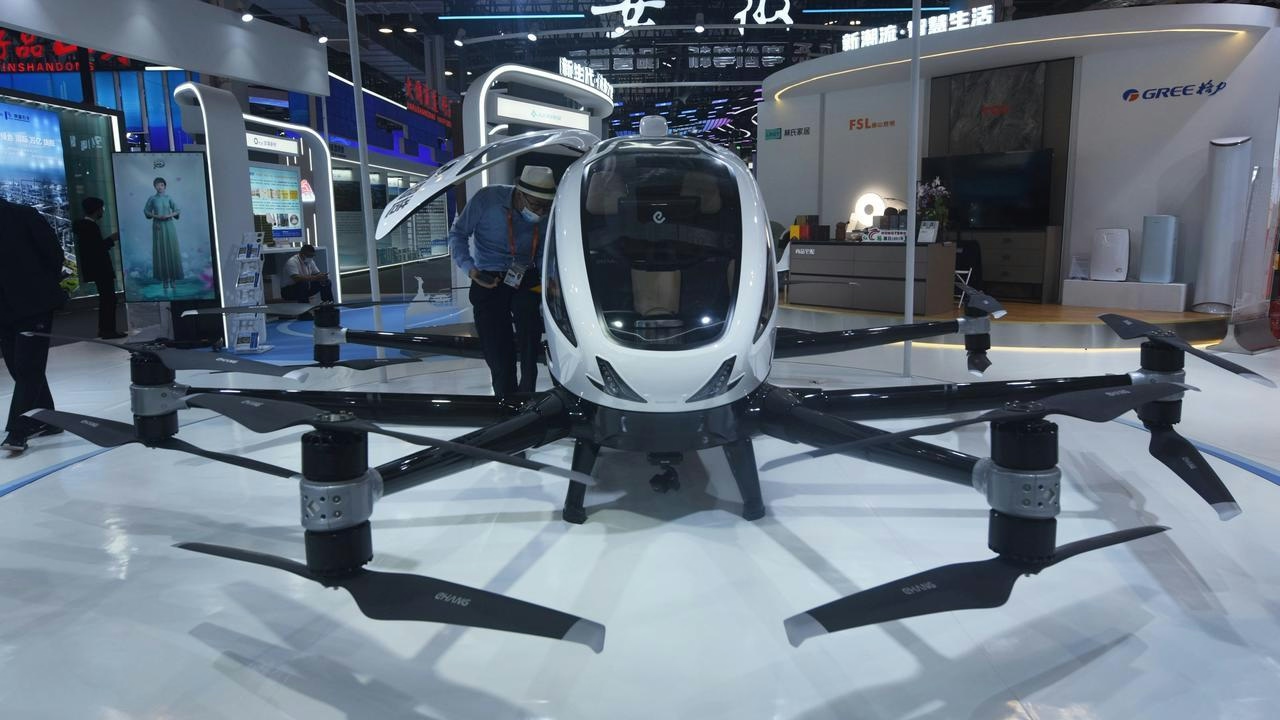
AeroGenie — Votre copilote intelligent.
Tendances
Categories
Archer Aviation to Deploy Midnight Aircraft in Indonesia
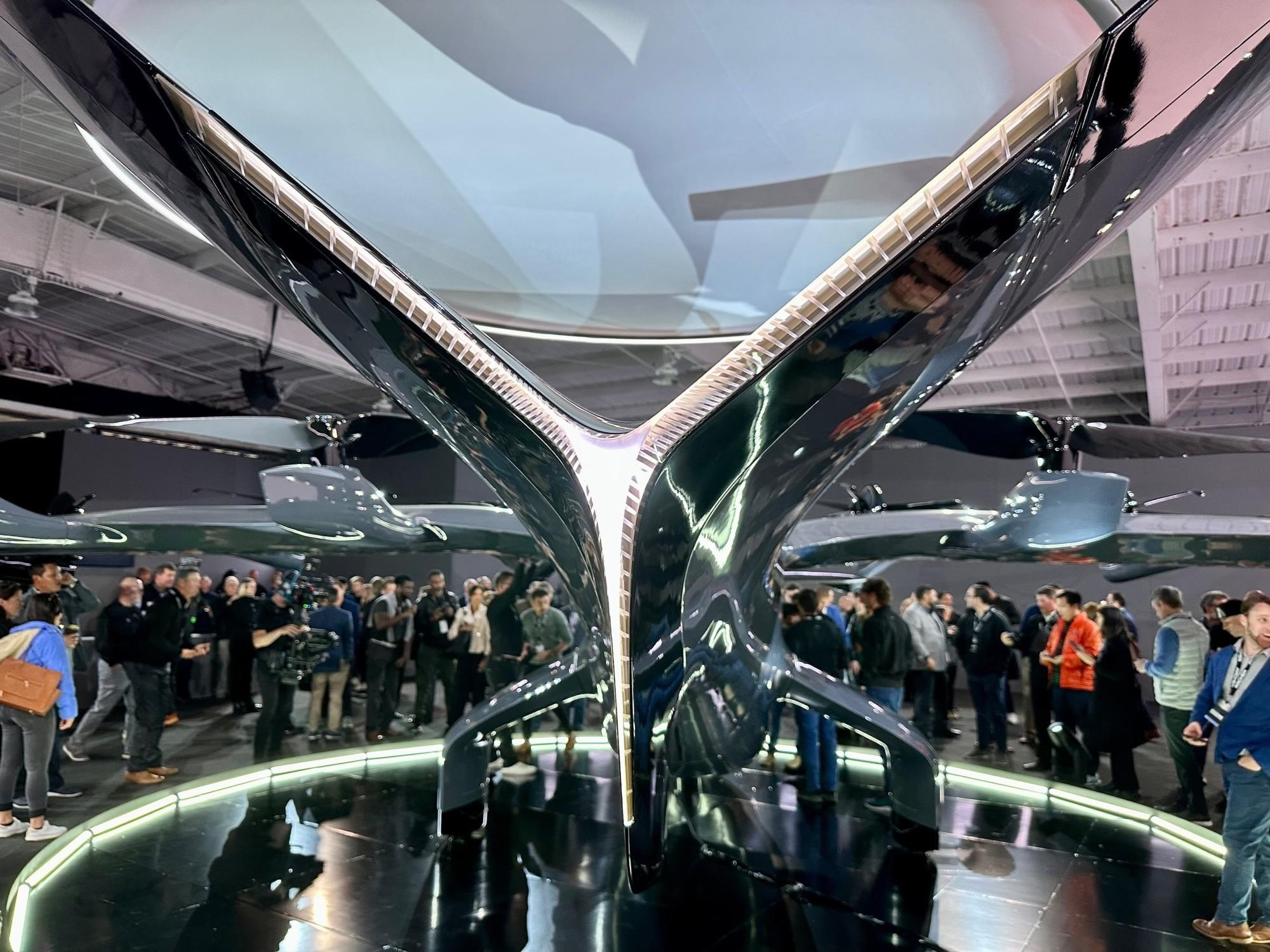
Archer Aviation to Deploy Midnight eVTOL Aircraft in Indonesia
Archer Aviation Inc. has entered into a strategic agreement with Indonesian firm PT IKN to introduce its Midnight electric vertical takeoff and landing (eVTOL) aircraft in Indonesia. This marks the country as the third market for Archer’s “Launch Edition” program, following prior collaborations with Abu Dhabi Aviation in the United Arab Emirates and Ethiopian Airlines in Ethiopia.
Expanding Air Mobility and Sustainable Technologies
PT IKN, an organization dedicated to advancing Indonesia’s strategic industries and sustainable technologies, will partner with Archer to establish commercial air taxi services. Beyond passenger transport, the collaboration aims to explore additional applications such as logistics and environmental surveillance. The deployment is also expected to support the development of Indonesia’s new capital, Ibu Kota Nusantara (IKN), reinforcing the government’s vision for a modern and sustainable urban center.
Under the terms of the agreement, Archer will supply an initial fleet of Midnight aircraft, accompanied by pilots, technicians, and engineers. The company will also provide operational software and booking platforms to facilitate the program’s launch. PT IKN plans to order up to 50 Midnight aircraft, with the potential contract valued at approximately $250 million, enabling a scalable expansion following the initial rollout.
Regulatory and Infrastructure Challenges
The partners intend to collaborate closely with Indonesia’s Directorate General of Civil Aviation to develop the necessary regulatory frameworks and enhance infrastructure critical to the safe and timely introduction of eVTOL services. Regulatory approval and infrastructure development remain significant challenges, reflecting broader obstacles faced by the emerging eVTOL industry globally.
Archer’s Midnight aircraft has recently commenced piloted test flights, demonstrating both conventional and vertical takeoff and landing capabilities. The eVTOL sector is attracting considerable attention from major investors, including Cathie Wood, whose substantial investment in Archer Aviation signals confidence in the company’s growth potential despite some analysts revising their price targets. Meanwhile, competitors such as Republic Airways are evaluating alternative eVTOL models like Beta’s Alia aircraft, underscoring the intensifying competition and innovation within the market.
Strategic Importance and Future Prospects
Yudiansah Yosal, chairman of PT IKN, highlighted the transformative potential of introducing advanced technologies to Indonesia. He stated, “Our goal is to deploy Archer’s Midnight aircraft not only for passenger mobility across our many islands, but also for environmental oversight. We’re excited to bring this innovation to Indonesia and to work with Archer to build a sustainable and scalable air mobility ecosystem.”
Maj. Gen. TNI Piek Budyakto, commander of Kodam IX/Udayana, emphasized the dual civilian and military applications of eVTOL aircraft, including transportation, rescue operations, logistics, medical evacuation, and supply delivery in remote areas.
Archer founder and CEO Adam Goldstein pointed to Indonesia’s unique opportunities, citing its thousands of islands, expanding tourism sector, and the development of Ibu Kota Nusantara. “We look forward to working together to demonstrate how Midnight can support a wide range of missions across the country,” Goldstein remarked.
This partnership reflects Indonesia’s ambitions to modernize its transportation infrastructure and embrace innovative, sustainable technologies, while also illustrating the growing global momentum behind eVTOL adoption.
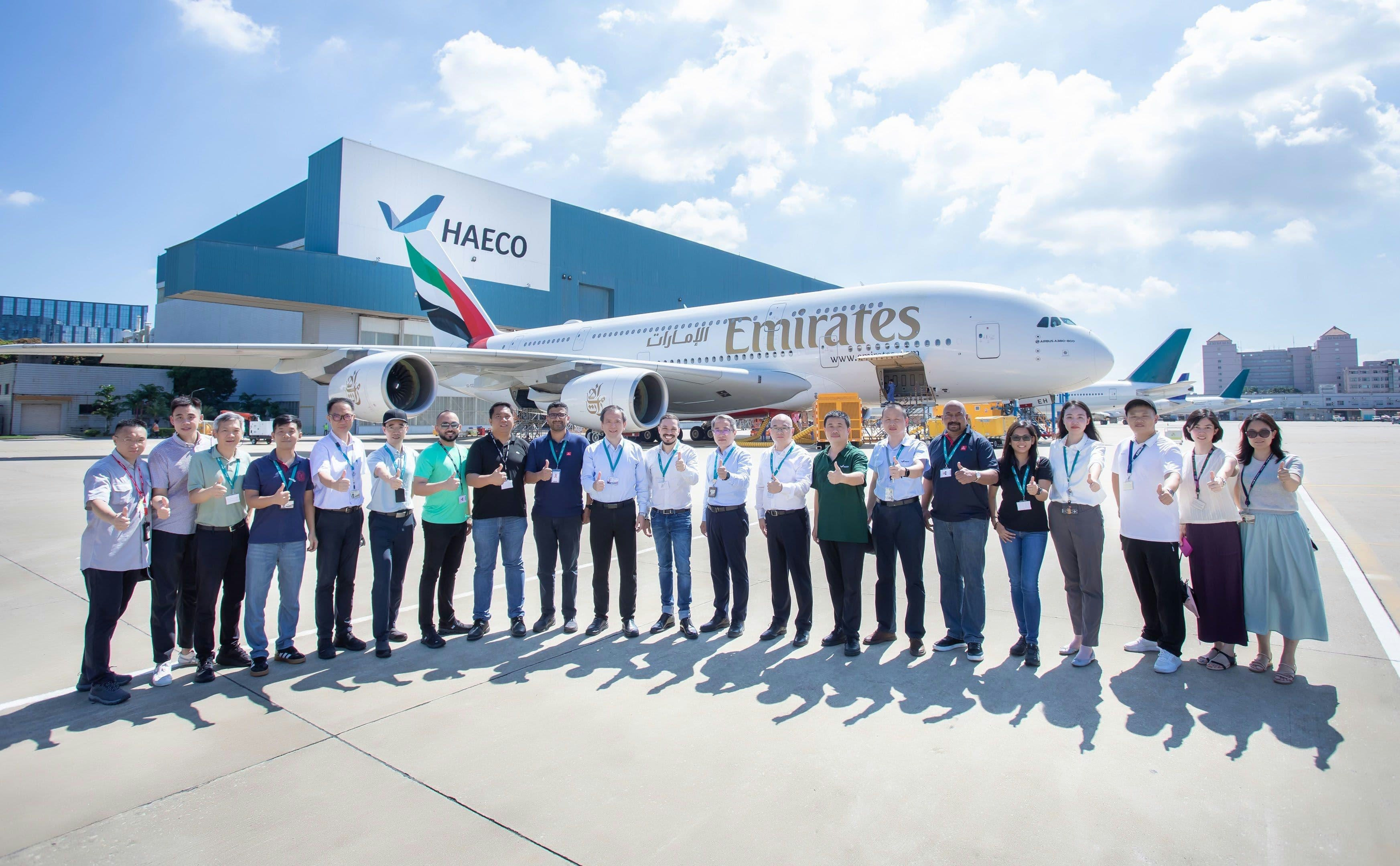
Collins Aerospace and Emirates Extend A380 Landing Gear Maintenance Agreement

CDB Aviation Leases Four A320neo Aircraft to Marabu Airlines
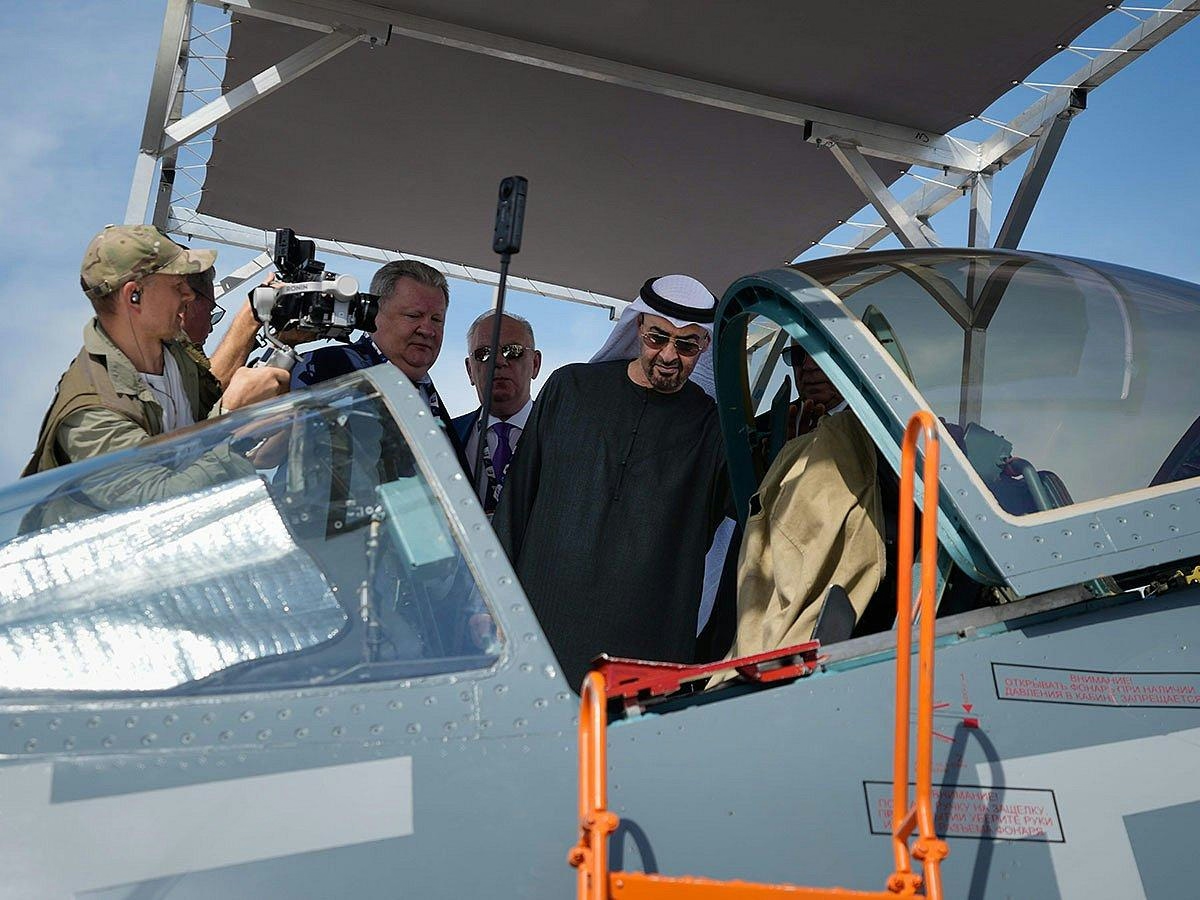
Sheikh Mohammed Visits Dubai Airshow Highlighting Innovation and Expertise
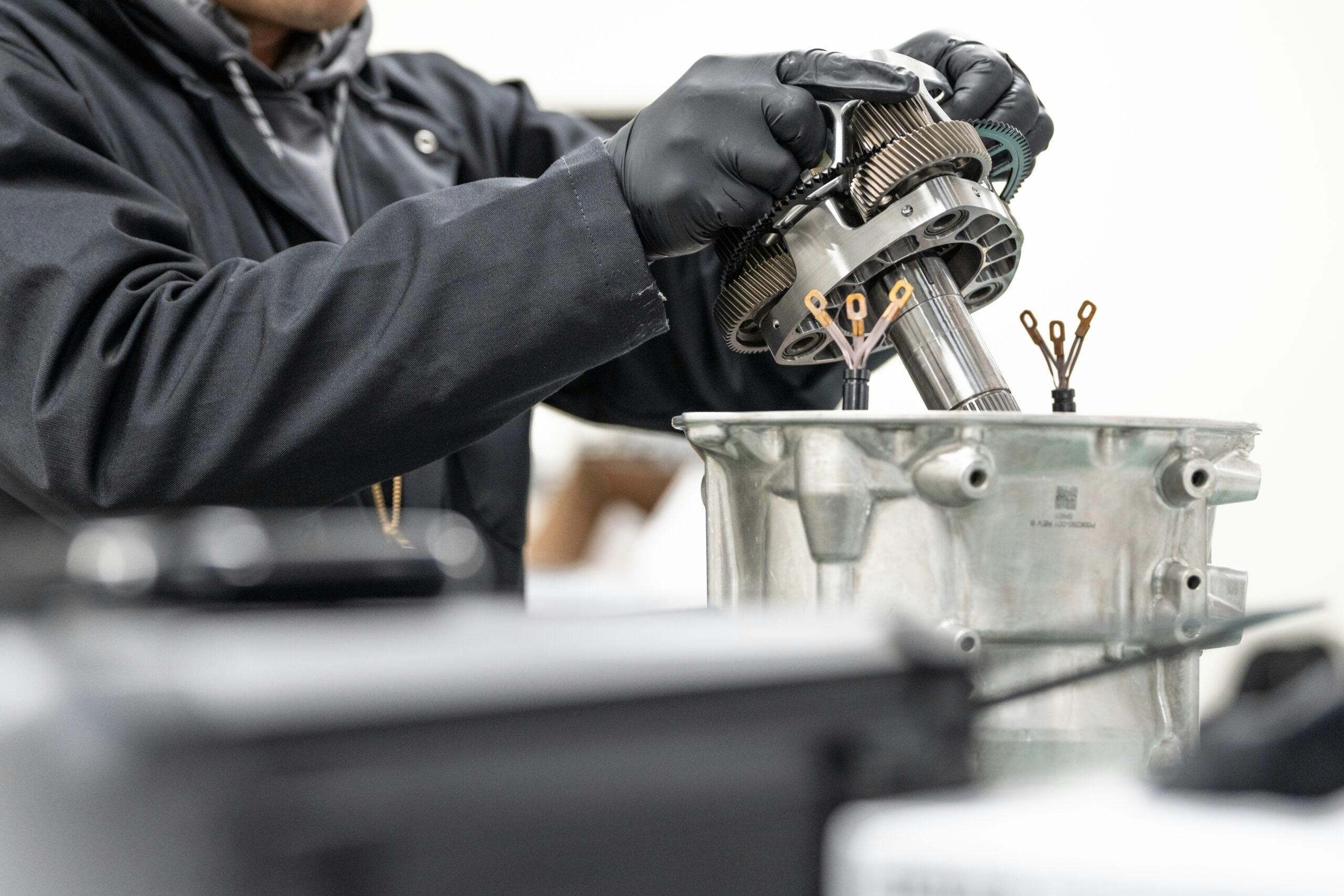
Archer Provides Electric Air Taxi Powertrain for Anduril’s Omen Concept
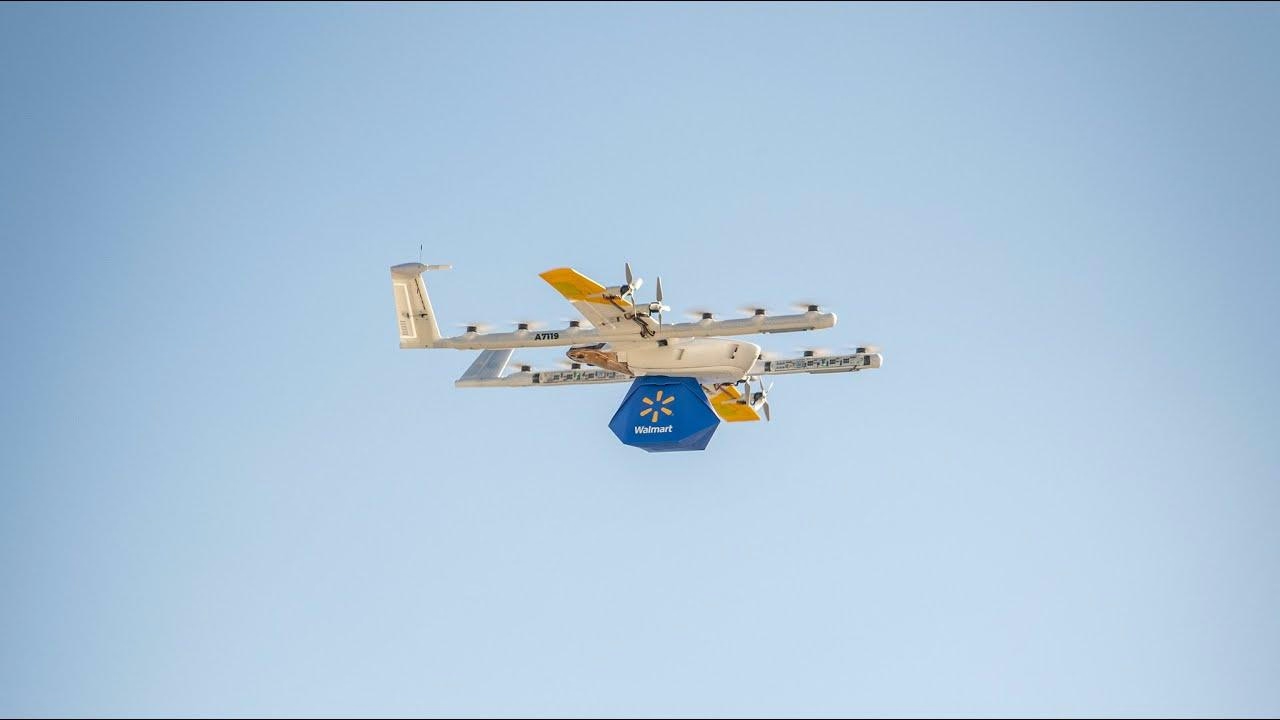
Concordia Partners to Advance Drone and E-Aircraft Technology

Sarla Aviation to Invest ₹1,300 Crore in Aerospace Facility in Andhra Pradesh
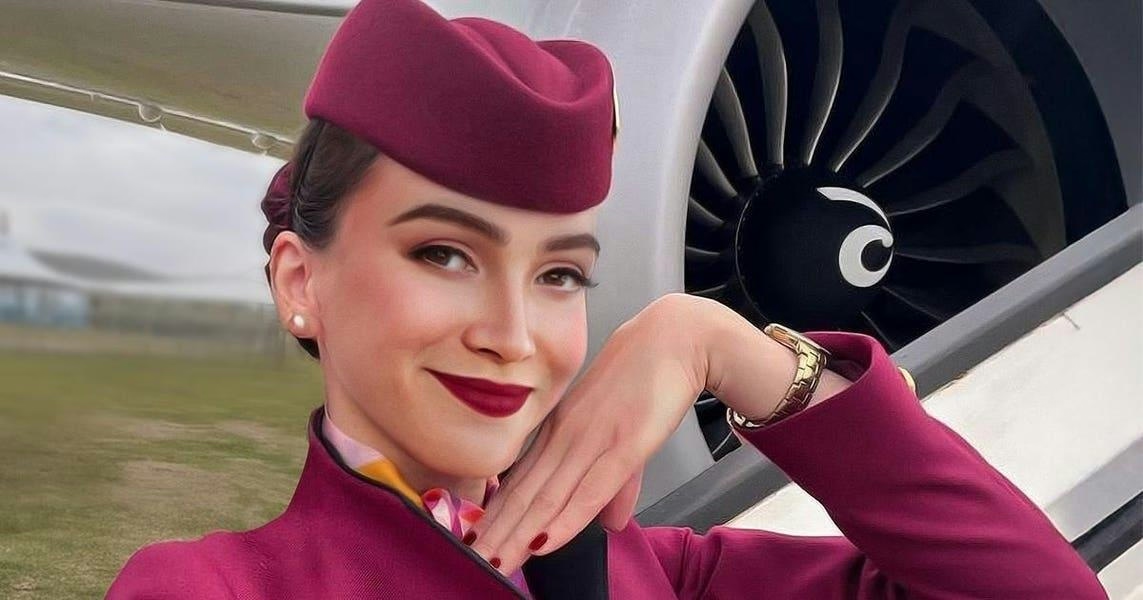
Passengers Respond Positively to Airline’s AI Flight Attendant
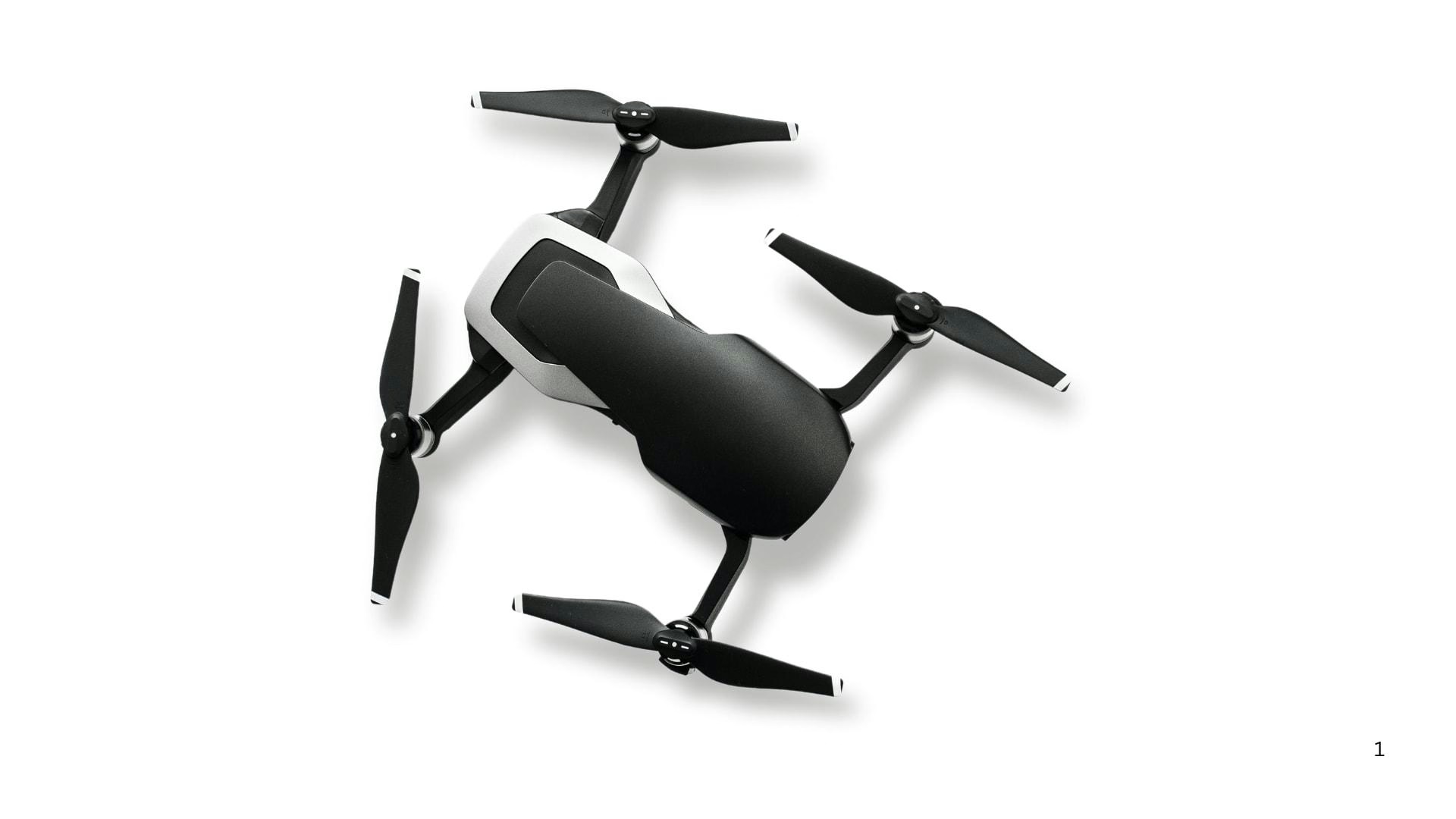
Drone Market Outlook: Trends and Forecasts Through 2033

Google Develops AI for Travel Booking and Updates Travel Tools
